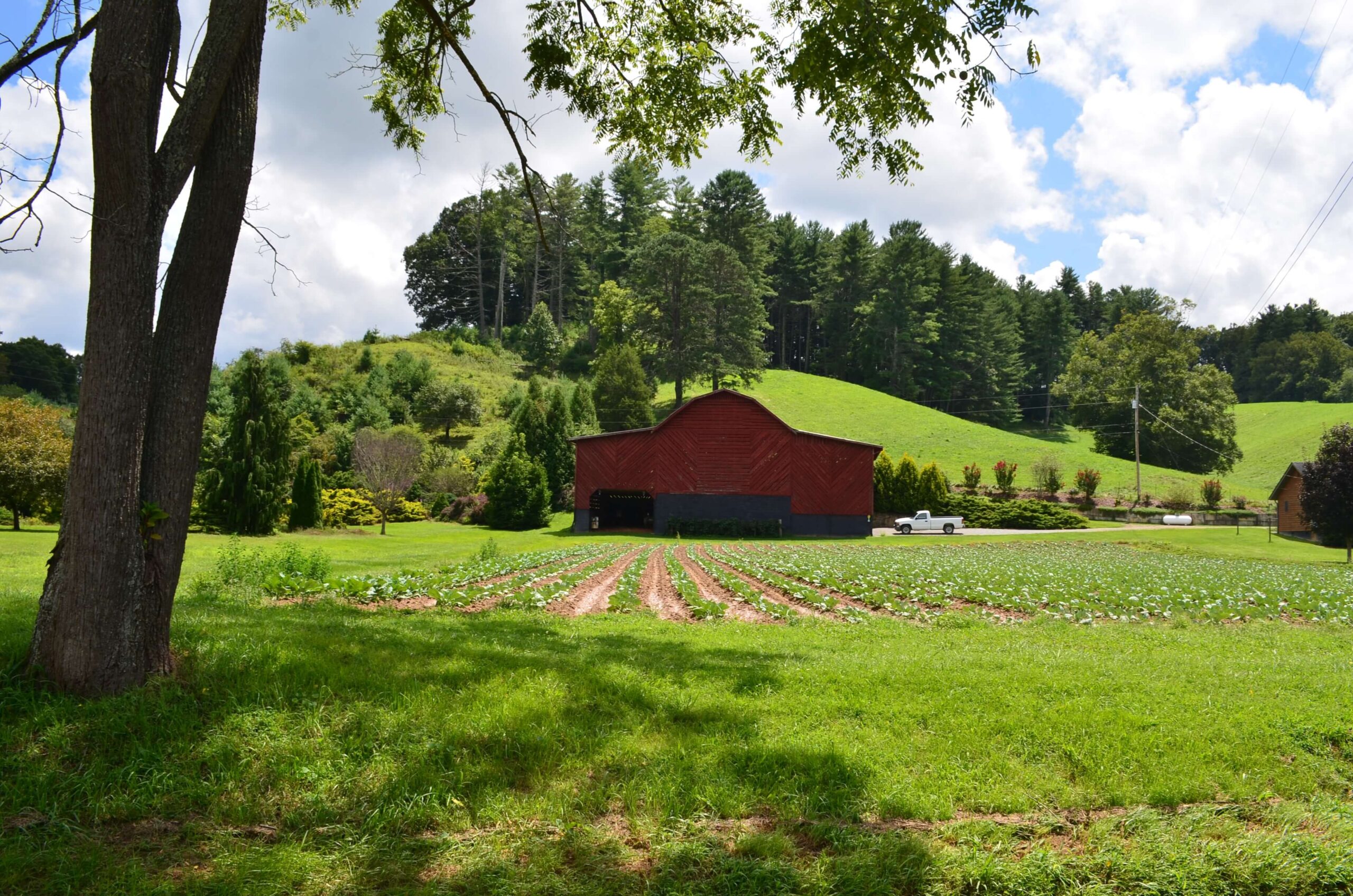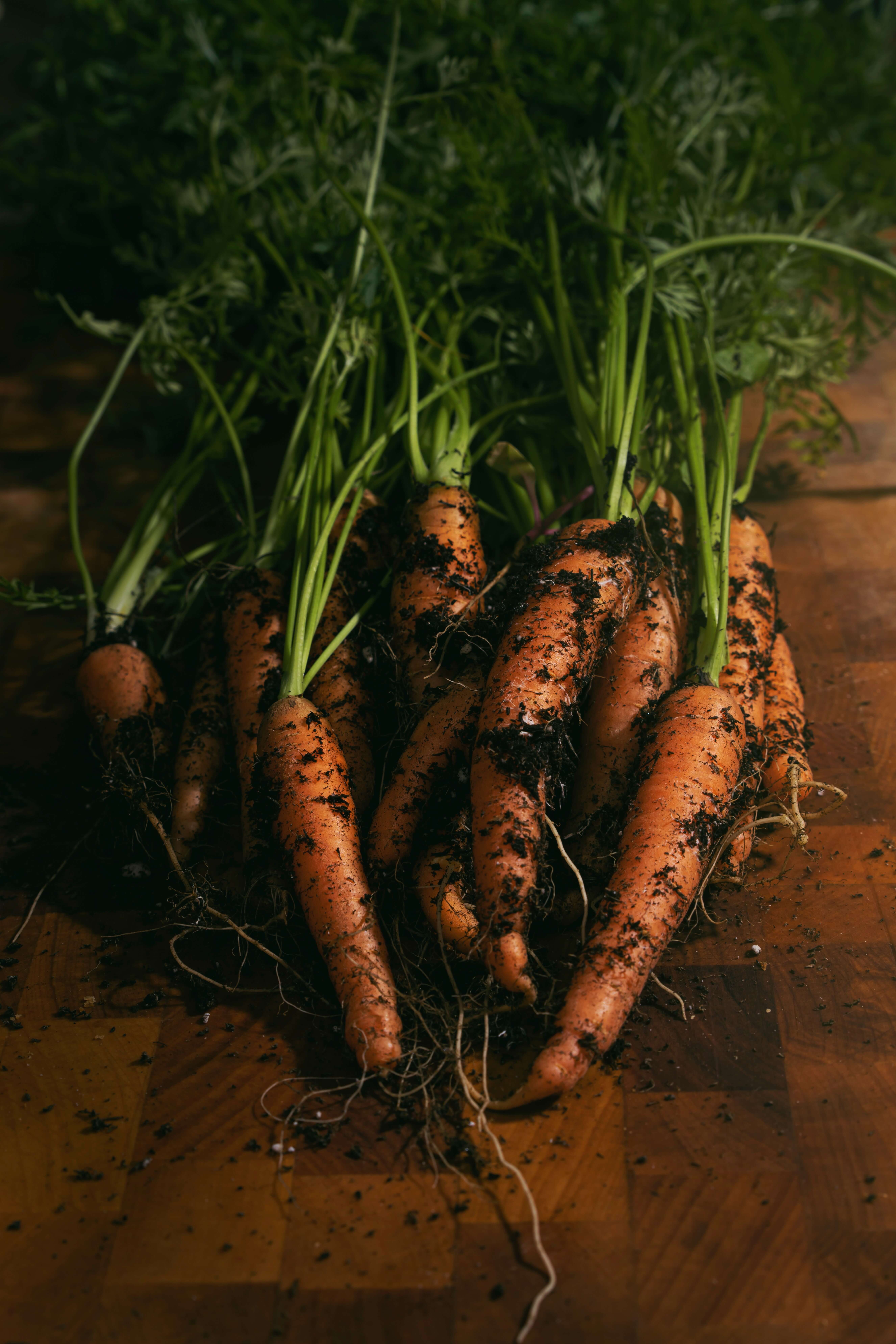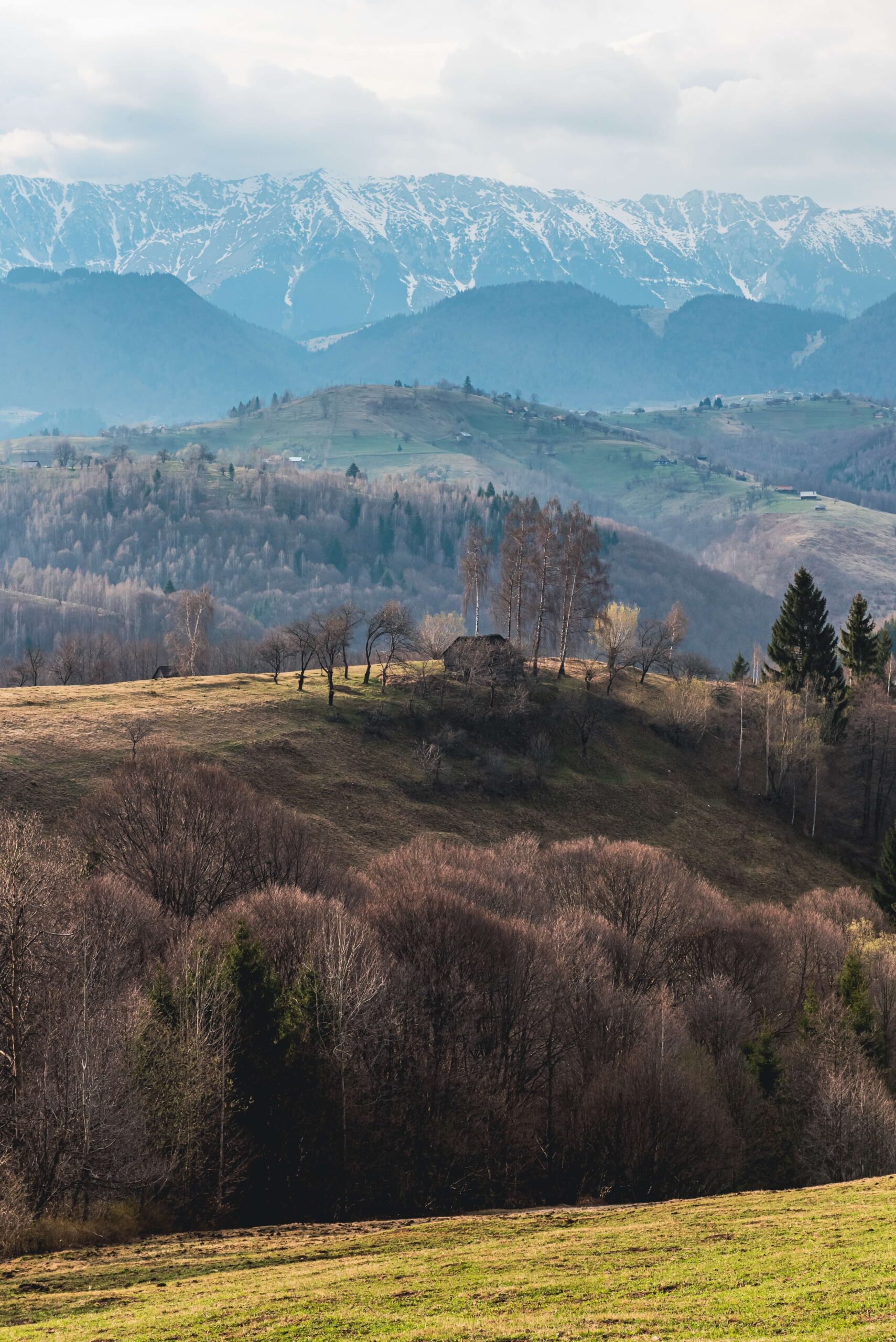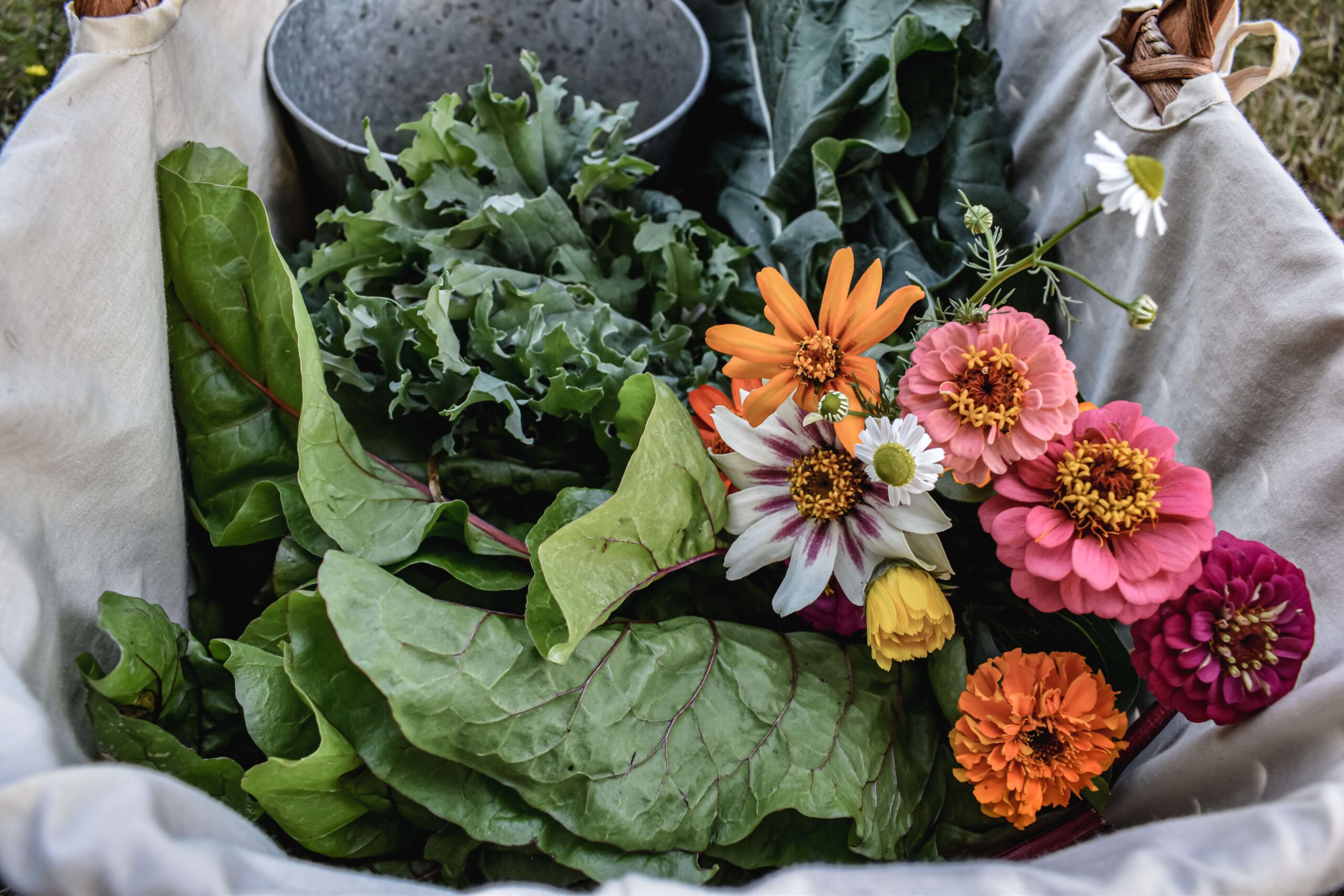The Homesteading Handbook: Mastering Essential Skills Before Taking the Leap

In an era where convenience is king, the concept of homesteading brings us back to our roots, emphasizing a life of self-sufficiency, sustainability, and a deep connection with the land. But what does homesteading really mean in today’s world? This blog explores the essence of homesteading and how it translates into our modern lifestyle.
reviewed
New Nightwear Styles For Autumn
Choosing the right types of nightwear will make your sleep experience more relaxed. Open your closet and make a special room for all the different types of nightwear that deserve that space.
-

COSORI Food Dehydrator
$159.99
Understanding Homesteading
The Historical Perspective
Historically, homesteading was linked to the idea of claiming land and cultivating it for survival. In the 19th century, laws like the Homestead Act in the United States gave settlers rights to land if they could successfully farm it. This notion of claiming and working the land is the bedrock of homesteading.
Modern Homesteading: A Lifestyle Choice
Today, homesteading has evolved into a lifestyle choice, characterized by self-reliance and sustainability. It’s about taking control of your food source, reducing your environmental footprint, and living a more meaningful life connected to nature.


Key Components of Modern Homesteading
Sustainable Agriculture
At the heart of homesteading is the ability to produce your own food. This includes gardening, permaculture, raising livestock, and preserving food. It’s not just about organic production but also about biodiversity and ecosystem health.
Energy Independence
Many homesteaders strive for energy independence, using renewable sources like solar or wind power. This step not only reduces reliance on the grid but also minimizes the homestead’s environmental impact.
Homesteading embodies a strong ‘do-it-yourself’ ethos. Whether it’s building a chicken coop, repairing a fence, or sewing clothes, homesteaders typically learn to do things themselves to reduce dependency on external sources.
Community and Education
Homesteading isn’t just a solitary pursuit; it often involves building a community of like-minded individuals. Sharing knowledge, bartering goods, and communal activities are integral parts of the homesteading ethos.
Living Simply
Perhaps the most profound aspect of homesteading is the commitment to a simpler, more intentional way of living. It’s about understanding the difference between needs and wants and finding joy in the basics of life.
"Sharing knowledge, trading goods, and helping neighbors are intrinsic to the off-grid and homesteading ethos."

The Challenges and Rewards
Homesteading is not without its challenges. It requires hard work, dedication, and a willingness to learn and adapt. But the rewards are just as significant: healthier living, environmental stewardship, and a deep sense of accomplishment.
Homesteading today is more than just an agricultural practice; it’s a holistic approach to life. It’s about making conscious choices to live more sustainably, self-reliantly, and in harmony with nature. Whether you’re in a rural area or an urban setting, homesteading principles can be adapted to fit your lifestyle, bringing you closer to the essence of a life well-lived.
- TAGS ― Featured, Home-Influencer

What is Homestead Living? Exploring the Essence of a Self-Reliant Lifestyle
Often romanticized but sometimes misunderstood, homesteading is a lifestyle choice that’s gaining popularity among women seeking a more sustainable, fulfilling way of life. But what exactly is homestead living?

Embracing Freedom: The Joys and Independence of Off-Grid Living and Homesteading
In a world where the pace of life seems ever-increasing, more people are seeking refuge in off-grid living and homesteading.






